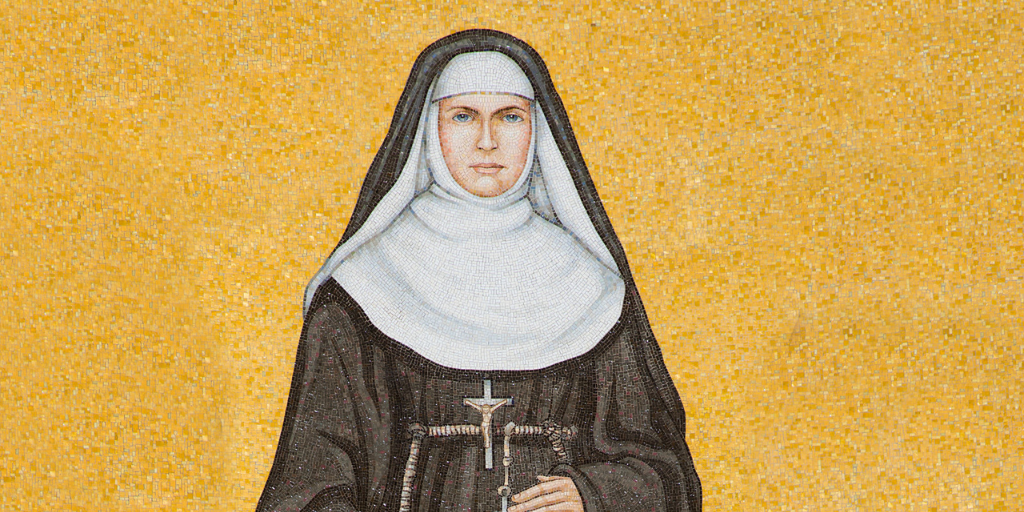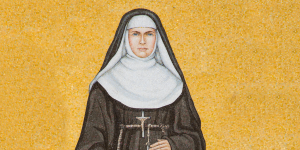
Known for her indomitable spirit and fearless leadership, St. Marianne Cope never let the difficulty of a task keep her from accomplishing it. No charge was too daunting for her – whether she was establishing two of the first hospitals in central New York or caring for lepers in Molokai. Marianne is a shining example of what it means to go wherever God has called you and serve Him well.
As we celebrate her memorial on January 23, we invite you to learn about her life of compassionate care and discover where she is portrayed in the Basilica.
Early Life and Ministry
Originally named Barbara Koob, Marianne Cope was born in West Germany on January 23, 1838. Less than a year later, her family moved to the United States and settled in Utica, New York. When her father fell ill, Barbara helped provide for her parents and nine siblings by working in a factory. At the time, she had only just finished eighth grade. It wasn’t until she was 24 that she finally realized her dream of pursuing religious life and became a member of the Sisters of St. Francis in Syracuse, where she was given the name Marianne Cope. At first, she worked as a teacher and principal in elementary schools around the state, but after a few years, her ministry began to go in a very different direction.
Marianne Works in Medical Administration
Marianne assumed administrative roles on the governing boards of the Franciscan Sisters, positions which fundamentally changed the nature of her work, enabling her to help establish two of the first hospitals in central New York. By 1870, she had fully embraced her calling in medical administration, and began working as head administrator at St. Joseph’s in Syracuse – a role that lasted six years. Not only was she compassionate towards all patients, but she was also practical – qualities that earned her the respect and admiration of those with whom she worked.
Her life took an even more radical turn when a Catholic priest requested her assistance in the educational and healthcare sectors in the Hawaiian Islands, particularly helping the lepers. Marianne readily accepted, writing:
“I am hungry for the work, and I wish with all my heart to be one of the chosen ones, whose privilege it will be to sacrifice themselves for the salvation of the souls of the poor Islanders… I am not afraid of any disease, hence, it would be my greatest delight even to minister to the abandoned ‘lepers.’”
 Marianne Goes to Hawaii
Marianne Goes to Hawaii
She traveled to Honolulu in 1883 and served as manager of the Kaka’ako Branch Hospital on Oahu, working with the Sisters to improve patient treatment and living conditions, and expanding the hospital’s care to include the family members of lepers, who often had difficulty finding doctors to treat them.
Unfortunately, less than five years later, Marianne faced a drastic change in her work when the government decided to send all the lepers away to quarantine on the island of Molokai. Marianne chose to dedicate her life to caring for them, including fellow missionary Damien De Veuster, and overseeing the operations of the Bishop Home for 103 girls and the Home for Boys. The work was alienating, exhausting, and oftentimes too much to handle. Nevertheless, she continued dedicating her life to the people of the island, seeking “to make life as pleasant and as comfortable as possible for those of our fellow creatures whom God has chosen to afflict with this terrible disease,” according to Marianne. She passed away on August 9, 1918, in Hawaii, and is honored in the Basilica in the Trinity Dome.
Source:
Biography of Marianne Cope, the Vatican.

